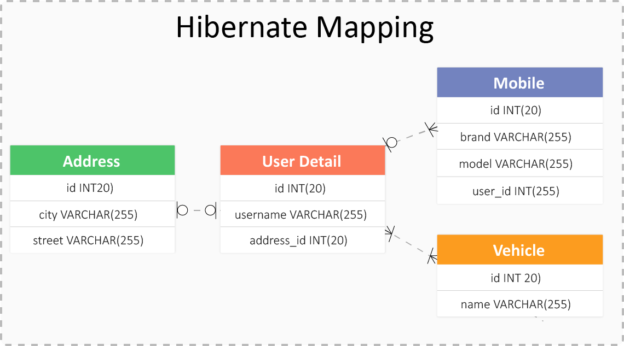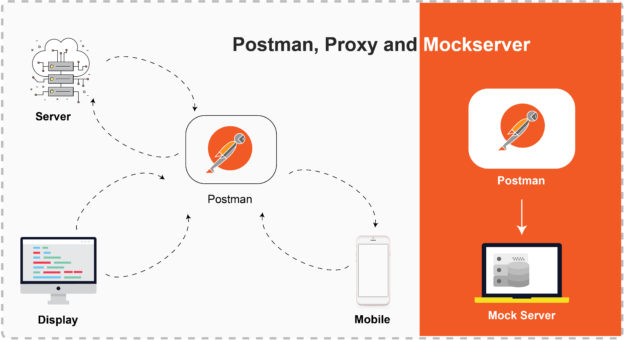
API Testing Guidebook
What is API ? API stands for Application programming Interface, it is a mediator which is present between the presentation layer and the Database layer. API enables the communication and the data transfer between the two channels. API is a business logic, which is written by the developer in any programming language to perform the Continue Reading »
 End to End Technology Solutions
End to End Technology Solutions



